Please login or click here to join.
Forgot Password? Click Here to reset pasword

Lamb House was built in 1723 for James Lamb, one of Rye's most influential residents. Lamb became mayor of Rye 13 times, only to have this illustrious record exceeded by his son who was mayor, twenty times.
Lamb House is an elegant brick Georgian building with a comfortable interior. In 1726, George I was returning from Hanover when a violent storm struck, the king was met at the quay by James Lamb who escorted him to Lamb House to rest. The king stayed for three days during which time Mrs. Lamb was delivered of a baby boy. The child was given the name George and the king became his godfather.
After almost 150 years of occupation, the family sold Lamb House in 1860. Some thirty years later Henry James, the American novelist visited Rye when he was immediately attracted to Lamb House, and he took up a lease on the property for two years. In 1899 he bought the house outright, and here he wrote some of his most memorable works including; The Wings of a Dove, The Golden Bowl and The Ambassadors.
Henry James lived in Lamb House for the final 18 years of his life. During this time he entertained his friends, amongst them were Rudyard Kipling, Edith Wharton and H.G.Wells, other noted visitors included; Ford Maddox Ford and Max Beerbohm.
After Henry James's death in 1916, the house became the home of A.C. and E.F. Benson, brothers and novelists. In 1950, Lamb House was gifted to the National Trust by Mrs. Henry James Jr, the wife of Henry James's nephew. It has remained little altered since Henry James lived there and visitors can experience the Victorian ambience of the house and see Henry James's library and the room in which he dictated his works to his secretary. Henry James was a keen gardener and he left behind him a carefully laid out garden with a pavilion, rose garden and flower beds. During the time the Benson brothers lived in the house they continued to care for the garden and add to it, the National Trust has further enhanced it with additional planting.
This is a lovely house to visit, it oozes with the decadent charm of the English country home. It is open to the public during the summer months.

a Seaside Town in the county of East Sussex
(0.2 miles, 0.3 km)Rye is a picturesque and historic town with cobbled streets, medieval architecture, and panoramic views of the surrounding countryside...
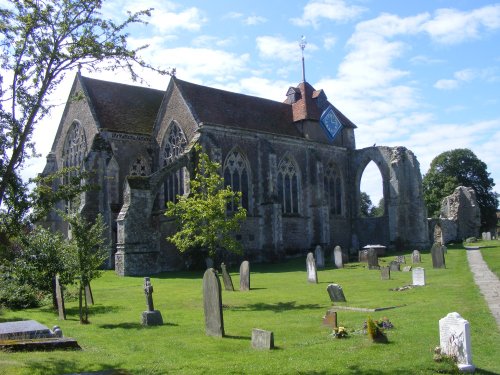
a Historic Market Town in the county of East Sussex
(2.1 miles, 3.4 km, direction S)This is a pretty, busy little town tucked along a ridge overlooking Pett Level...

a Seaside Town in the county of East Sussex
(2.9 miles, 4.7 km, direction E)Backed by the Walland Marsh, Camber has one of the finest stretches of pure sand and sand dunes found along the East Sussex coast...
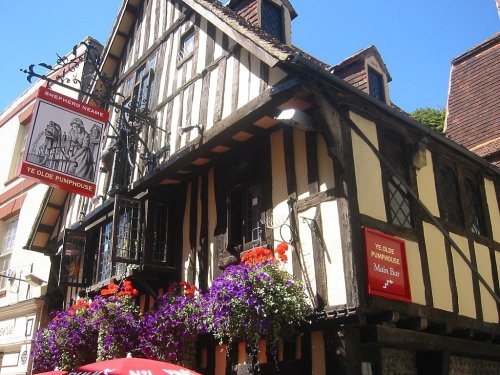
a Seaside Town in the county of East Sussex
(9.6 miles, 15.4 km, direction SW)Hastings is an old fishing town along the southern coast of England. It offers all the traditional amusements of the seaside but retains much of the character of its colourful past...

in the county of East Sussex
(11.0 miles, 17.7 km, direction W)Battle is a unique town in the county of Sussex built on the very site where William the Conqueror defeated king Harold of England and his Saxon army in 'The Battle of Hastings' in 1066...
All towns in East Sussex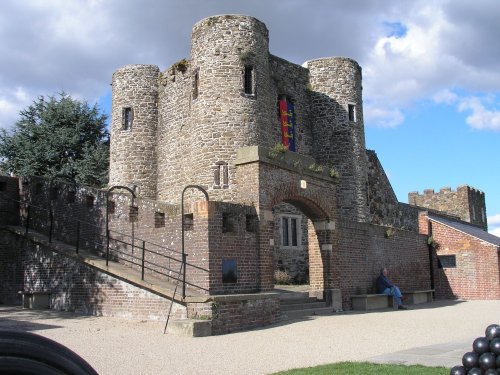
Rye Castle Museum, also known as 'Ypres Tower', in the beautiful maritime town of Rye, occupies a commanding position.....
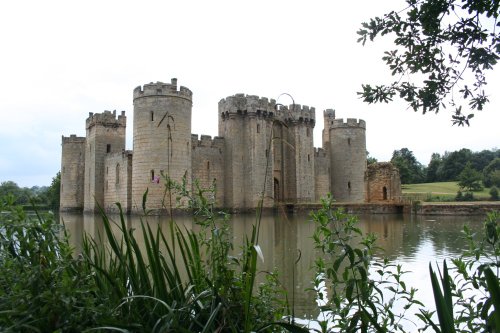
The wonderful parapet, walls and high round towers of 14th-century Bodiam Castle are gloriously reflected in its broad moat. It.....

First opened to traffic in July 1927 as the 'World's Smallest Public Railway' and now covering a distance of 13.5 miles from the.....

..
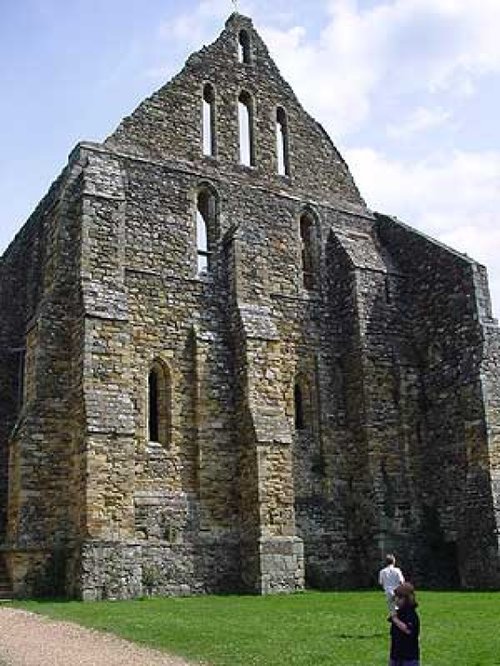
The Abbey Ruins - The pope ordered William the Conqueror to build an abbey in penance for the great loss of life. The abbey was.....